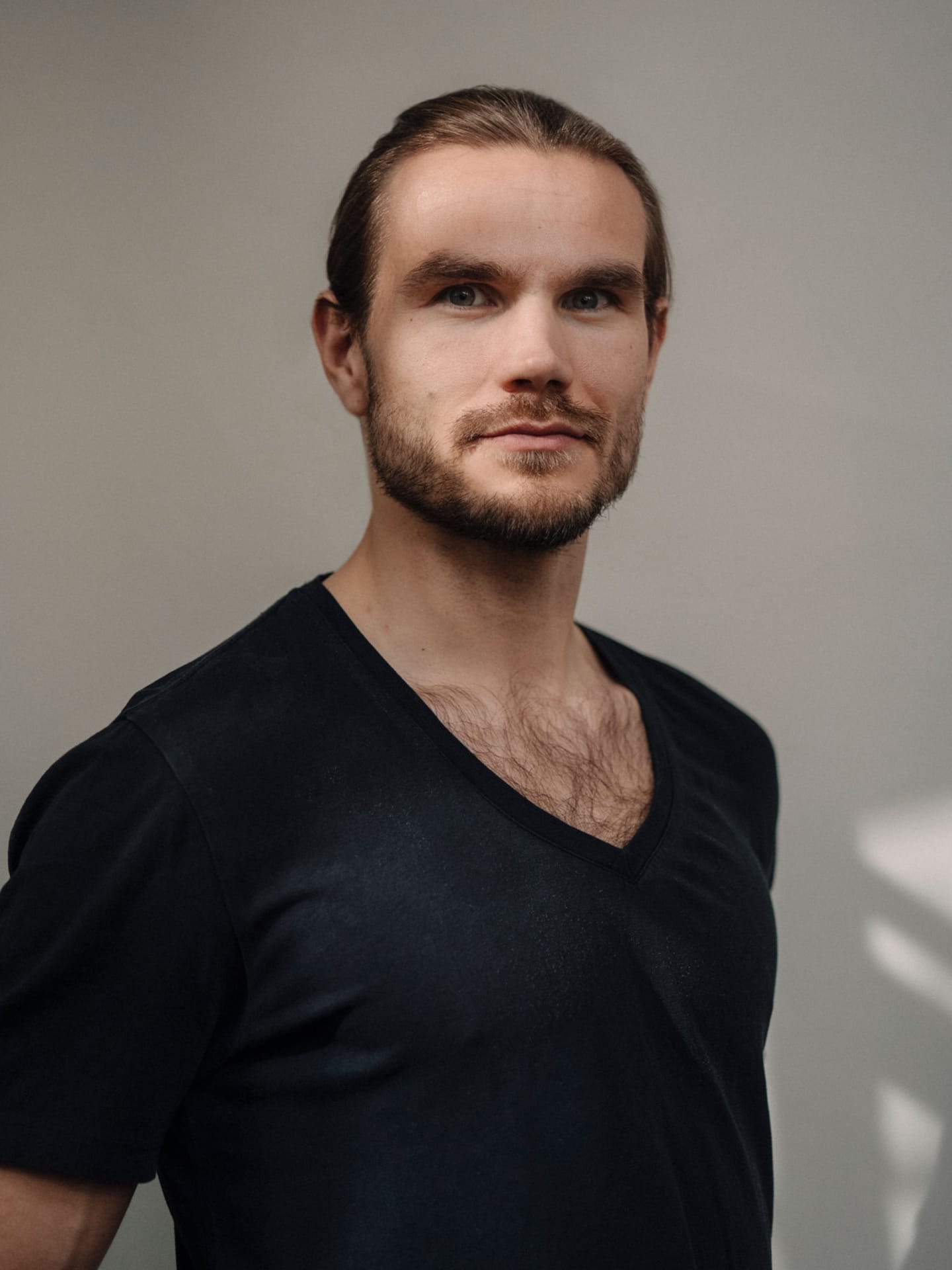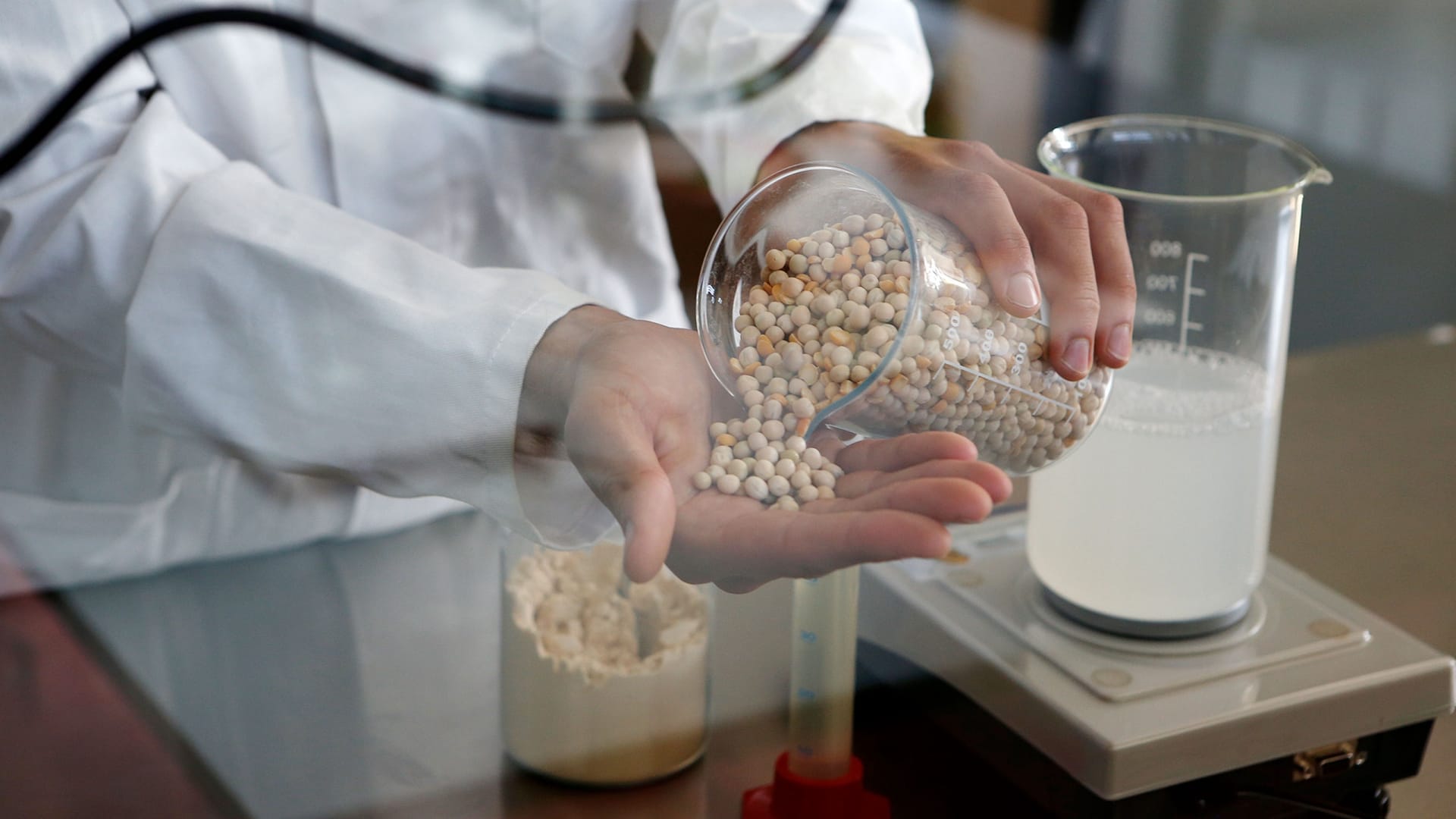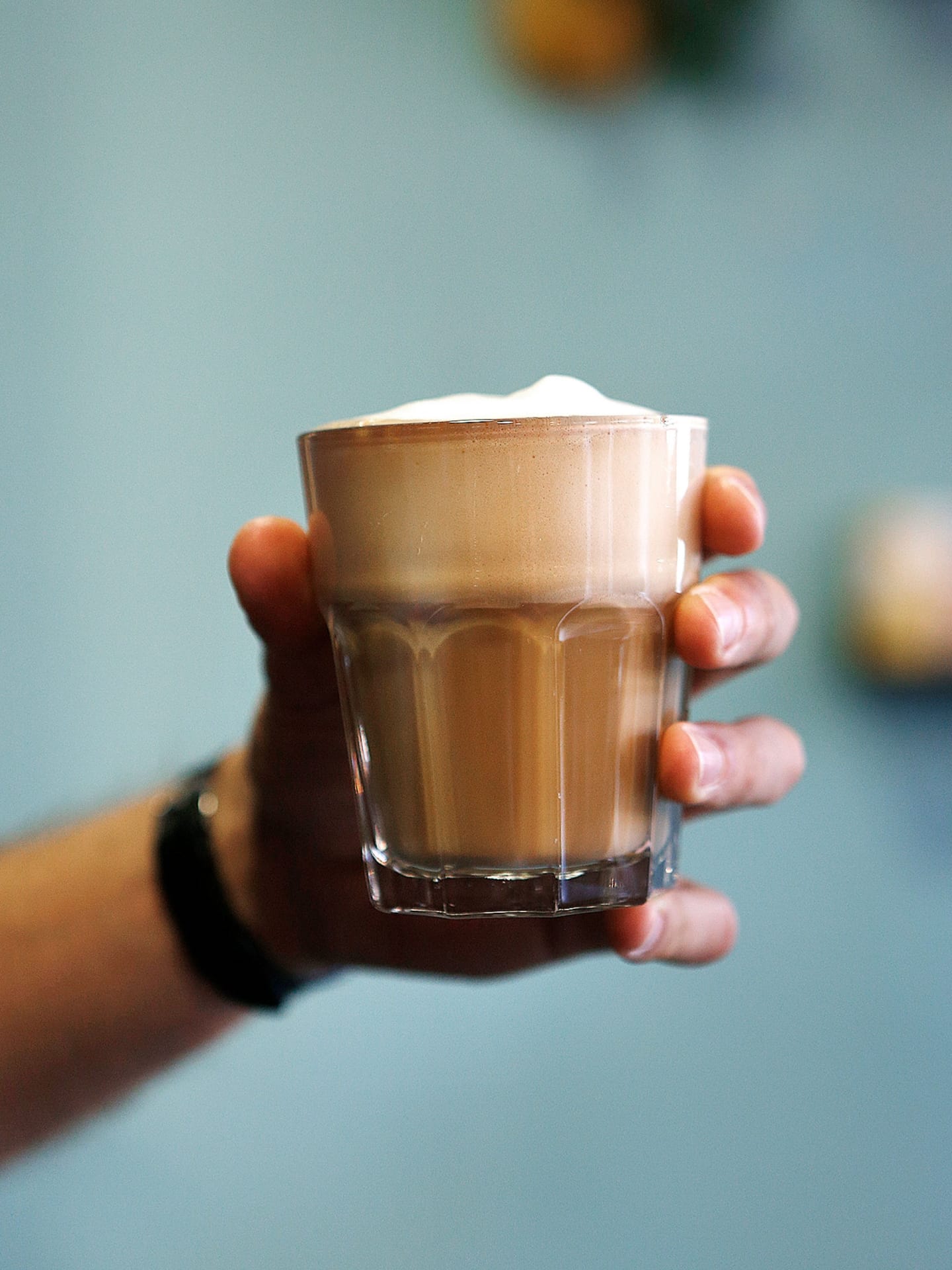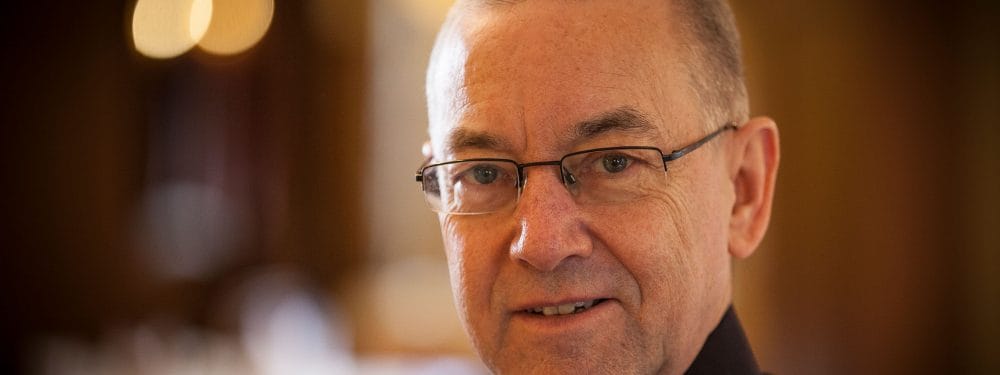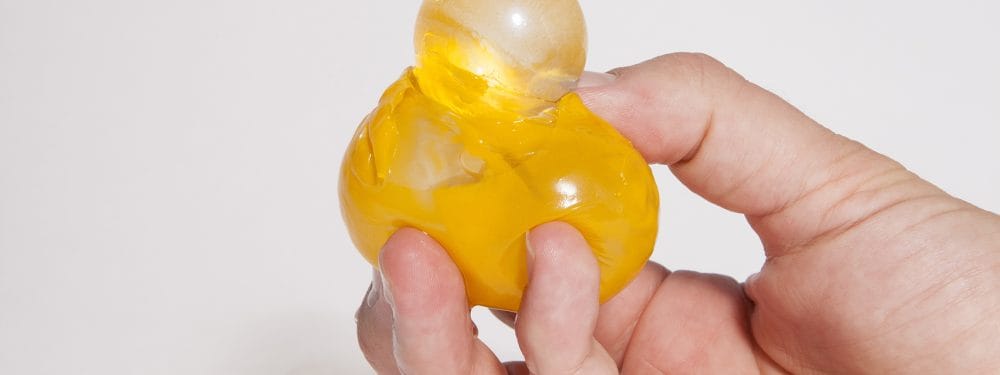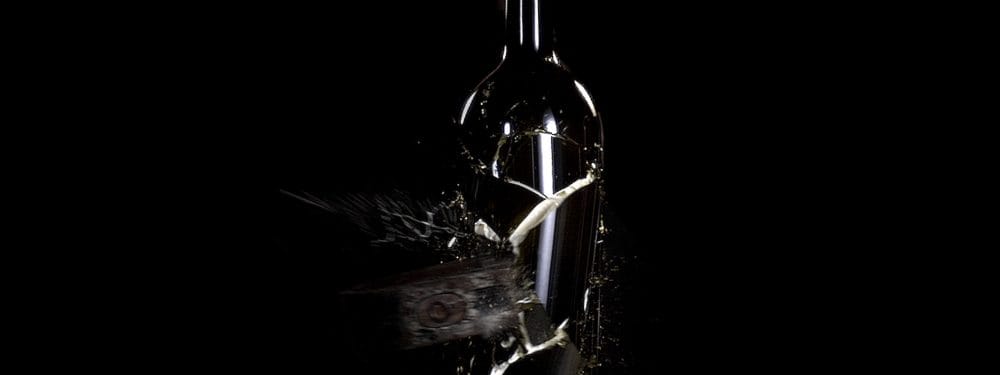Saving the world for a moment
No Milk Today? That’s what it says on the vly packaging, but today vly is MILK.. And that fits quite well, because as an agency for packaging design, we see ourselves as a partner of change and that is what Nicolas Hartmann is striving for. With “Pea Milk”, he wants to change the market for dairy products in the long term.
Nicolas is a former competitive athlete and nutritionist for professional vegan athletes. During his studies at Oxford, he became convinced that food has a huge impact on our health and our planet. He has been passionately vegan ever since. Felix from our Food Lab interviewed him.
“Pea milk” is a “substitute product“. Why do we need pea milk today and why will it stay that way?
Unfortunately, the alternatives are currently clearly in the minority. 3.6 billion liters of cow’s milk were consumed and only 230 million liters of plant milk. This corresponds to a market share of 7 %. However, we believe that this will change in the future, with a good 80% of the milk consumed being plant-based. The benefits, the consumer value, are more important than the basis of the milk. Whether it’s soy, oats or peas. We want to create products that change people’s habits. For many consumers, what exactly is in the milk is not the top priority. That’s why we focus on our good taste and the nutrients that are essential for a healthy diet. We pursue a holistic approach to sustainability, which is made up of three approaches: Sustainable packaging, short transportation routes in production and the supply chain, and sustainable healthy ingredients.
You talked about “Designing your Life”. For you, that meant rethinking the dairy industry instead of advising dairy companies. How do you design our lives?
We measure ourselves by impact. Because we cannot produce 3.6 billion liters of plant milk on our own, we are happy to have competitors who are accelerating the change. Three aspects are currently still holding back change:
- Price: Plant-based alternatives are more expensive for various reasons: there is no 19% VAT, scaling effects are still a disadvantage but will soon be an advantage. Milk is still subsidized, but these subsidies are also increasingly disappearing.
- Taste: Consumers want experiences that they love, that they want to have again and again. For a long time, it was said that “plant-based milk doesn’t go in coffee”. Fortunately, this myth is over. Whether in muesli or cappuccino, it’s now all about experiences with the effect: awesome, I want that again.
- nutritional values: Oats perform worse than the animal equivalent. Peas provide protein, have no saturated fatty acids and fewer short-chain carbohydrates. This ensures that we can completely avoid sugar and guarantee a positive impact on blood sugar levels. Thanks to the positive amino acid profile, we can also ensure that the plant proteins are better metabolized and absorbed.
We want to bring about change and offer alternatives that are better than the animal variety.
Nicolas Hartmann – Co-Founder of vly
MILK. is about content, but it’s always about the packaging too. vly relies on a special name and its own design. But the structural packaging is very milk-like. What were the considerations behind this? Were there also ideas for completely new packaging?
We have put a lot of thought into the packaging. From glass to craft packaging, which is considered particularly sustainable. In the end, what counts for us is the impact – that’s our most important criterion. That means we have to move out of the eco scene and into the mass market. It helps to stay close to the habits of consumers, i.e. to the actual expectations of conventional milk. Because our product is already very niche. In addition, feasibility must be guaranteed: replacing 3.6 billion liters of cow’s milk in Germany alone requires a form that guarantees an impact and is scalable.
Craft doesn’t fare much better in terms of CO2 values. We use bio-based packaging, but it is important that the recyclability is increased. The aluminum layer is super thin, but that could still be improved. A lot is currently changing in terms of products and packaging, and everyone is looking for sustainable solutions.
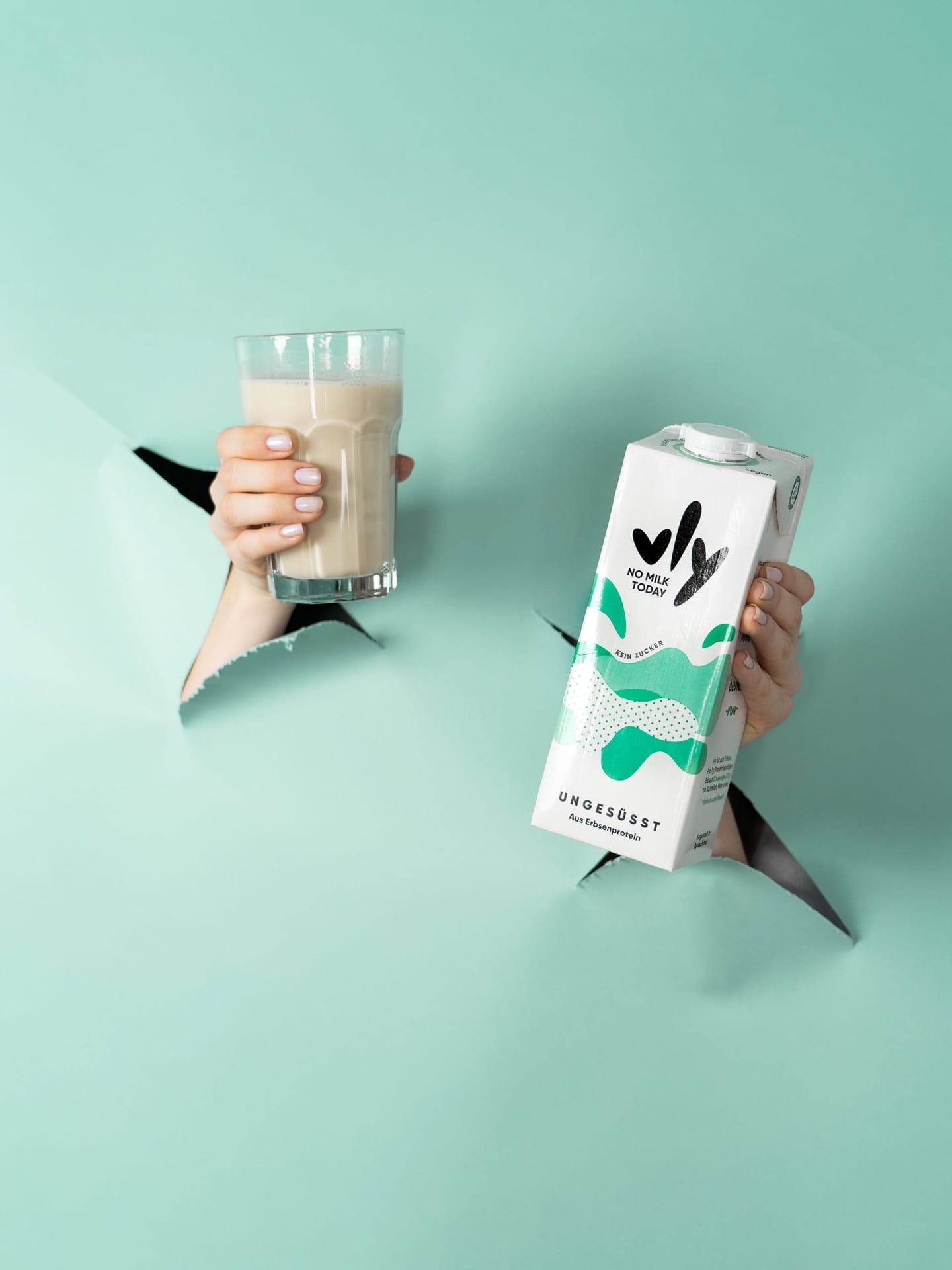
Your packaging is a benchmark for others, especially when it comes to appealing to Gen Z. Is that the main target group?
Our target group is very diverse. This is a major challenge in terms of communication, but it shows the size of the topic and the market.
Visibility is important in order to appeal to a large target group – does positioning in the chiller cabinet play a role here?
There was a huge leap in the USA when alternatives became available in the refrigerated section. Cow’s milk drinkers don’t search the plant milk shelf. Our product does not need to be cooled and it would not make sense to do so for energy reasons. But new product lines such as yogurt and low-fat quark are coming onto the refrigerated shelves and increasing our overall visibility.
vly stands for, among other things, take off. vly gives you wings? Is vly more than just a substitute milk, a new form of energy drink? After all, nutritional values play an important role and you are also targeting vegan athletes. Can you tell us something about the brand positioning and the associated product appearance?
Energy needs to be redefined. For us, vly also means: “Flying only vegan”, but it’s less about a short kick and more about a sustainable high energy level. Not a sugar crash, but an energy that is close to the concept of health. A different form of energy to energy drinks.
The packaging says “New Technology x Natural Ingredients = vly”, next to it: “vly Unsweetened v2.1” sounds like regular updates – that’s what you’re talking about – like software. vly instead of Fuel for gamers? Or simply to emphasize the innovation of the product?
Now there is already v2.2 – We believe that plant-based protein products in particular are constantly evolving. Even after each new launch, we continue to optimize, we get a lot of feedback and are anything but perfect. But we are fast and agile. We want to present this development transparently, just like software developments. Normally, we don’t constantly optimize in the food sector, but we focus a lot on marketing. We want to put the focus back on customers and their wishes and needs. This is also an analogy to software companies. Of course, within certain limits that are important to us.
These developments cannot yet be tracked chronologically; we write about them in the blog – an overview of the changes is still pending, but could be forthcoming.
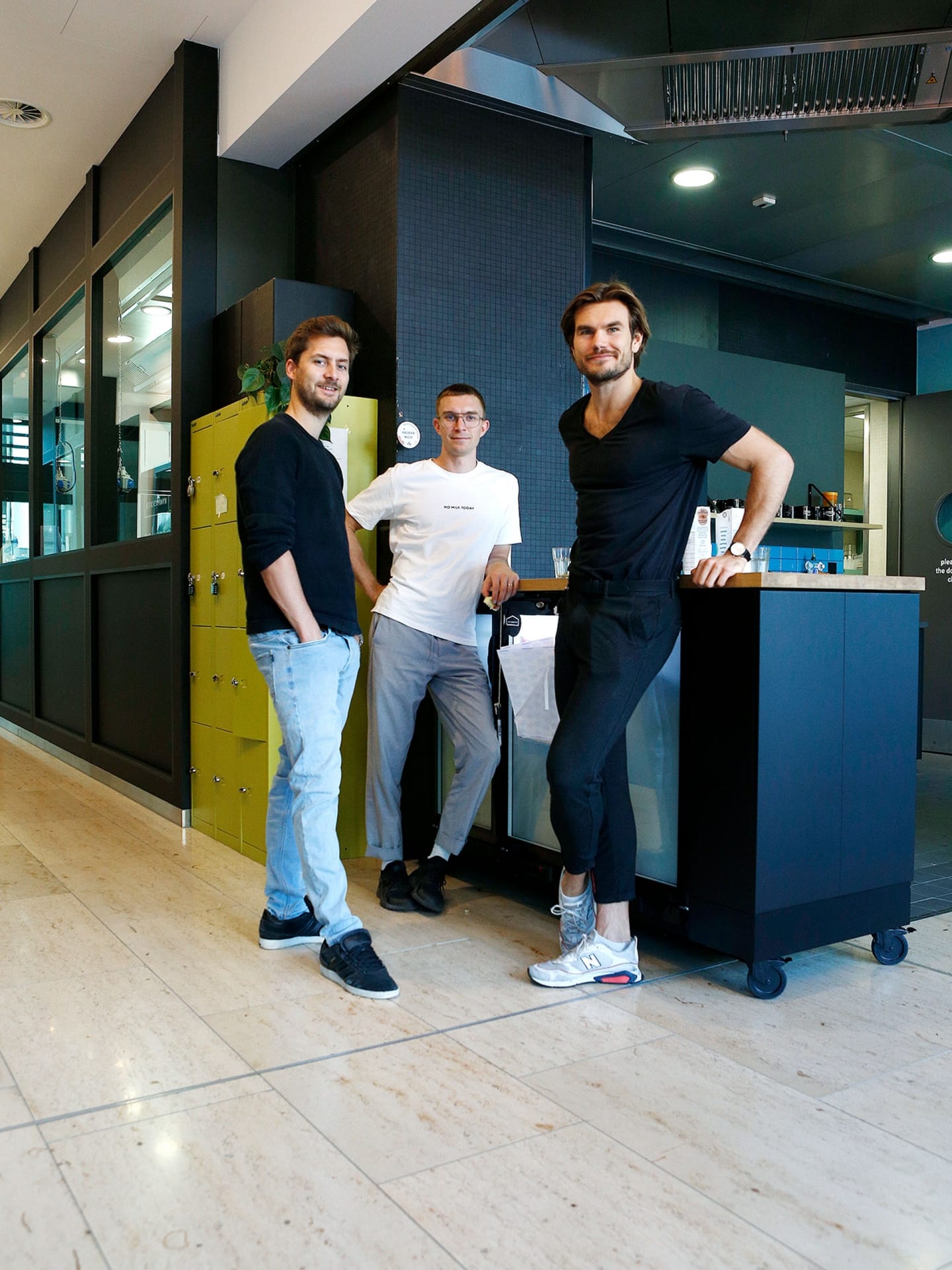
Moritz is a chef. We also have a food lab with two chefs and a passionate fermentista. Our designers then create packaging for our experiments, such as GEMÜSLI. What role do culinary delights play for you? And what role did Moritz play in the development?
Moritz brings expertise from the kitchen: sensory knowledge and taste, but also a love of food. But he also studied food technology, so our product is also industrial. Creativity and standardization have to come together.
It is difficult to objectify taste as a criterion. For each SKU (Stock Keeping Unit), the taste has to suit the majority of the population. We use various methods to achieve this: In addition to individual “overall liking”, we supplement the test with sensory panels and use analytical measurement data. We then combine these values to find the right taste. So we try to get “the best of all worlds”.
Does gastronomy also play a role here? E.g. vly instead of cream?
No, to be honest, not so much yet. Fats are not our core competence. We take care of proteins. We don’t want to simply add sunflower or rapeseed oil. This is becoming more important because it is part of dairy products, but proteins currently have priority for us, e.g. in the form of low-fat quark, for which there are still no good plant-based alternatives.
Isn’t tofu close to that? Will it become traditional again after high-tech?
There is no vegan low-fat quark yet. This is new territory and we are also looking at tofu production and fermentation processes. It quickly becomes very complex when it comes to scaling it up biotechnologically.
But someone has to try it.
Do we need the extra vitamins or is this an extra benefit for vegans and athletes? And why natural flavors? It doesn’t taste bad, but how would it taste without? How about a plain version?
To be honest, this is a super exciting question: we don’t like natural flavors as ingredients. However, from a purely scientific point of view, there are no health concerns. It helps to round off the taste of the product and enables the balance of a product that is as healthy as possible and can reach the mass market at the same time.
We want to move people from cow’s milk to plant-based products. Before we expect everyone to take care of their B12 intake, we do that and have a product that covers this and can also replace milk in terms of nutritional values. In my opinion, nutrients should be supplemented according to scientific evidence to ensure an optimal supply, which is not always the case.
Substitute products are still surprisingly expensive compared to milk. How do you see the development here and why does vly still work so well?
This is due to various factors such as subsidies for the dairy industry, scaling, expensive ingredients (e.g. high-quality nutrients such as tri-magnesium citrate) and necessary research. Our aim is also to drive this forward and to conduct our own research here in Germany. With a consumption of 1 liter of milk per week, it only amounts to a good €50 per year. The importance of food is increasing. Food is the basis and a central element that is often still given too little importance – this must and will change.
Yes, that’s what we chefs say too! Are you in contact with other start-ups, both nationally and internationally, that also offer cutting-edge alternatives to animal products?
And is this a close-knit community that is driving the revolution from the kitchen or laboratory?
We were in the Kitchentown incubator with Mushlabs and Formo, and I know Mazen (Rizk) and Raffa (Raffael Wohlgensinger) well.
In the alternative protein sector, we know Heura from Spain, Planted from Switzerland and also like meat in Germany – there are quite a few. But more and more Nestles + Co are also entering this market: This is the only way to succeed in changing society. That’s good, because there are more investments in the market. In any case, we only have a right to exist if we continue to be more innovative, faster, closer to the customer, more authentic and produce better products. If we can’t do that, there is no reason why we should exist.
You have just received large sums of investment, so it’s as exciting as ever. Yogurt and to-go products will soon be available. How far are you thinking? A complete dairy program including cheese. What role do meat substitutes play?
We don’t limit ourselves to MOPRO and see it as a technology platform, there can be other animal substitutes that are perceived as very healthy, such as low-fat quark, low-fat milk and some other categories that need to be disrupted. But it’s not necessarily about “us versus the big players”, but about a change that is supported and driven forward by everyone.
What breakdown will we have in the supermarket in the MOPRO sector in 2030, 2040 or 2050? (animal-vegetable in %)
The proportion of plant-based dairy products is currently around 7%. Due to generational change, consumers will be much more open to alternatives. The share of plant-based dairy products is ambitiously estimated to be 50% by 2030, 60/70% by 2040 and 80% by 2050.
We will see, a lot still needs to happen, but a lot is already happening.
A lot has already happened with you too and a lot will probably happen in the future!
Yes, that’s right!
Thank you very much! With this in mind, we look forward to the vly steak.
